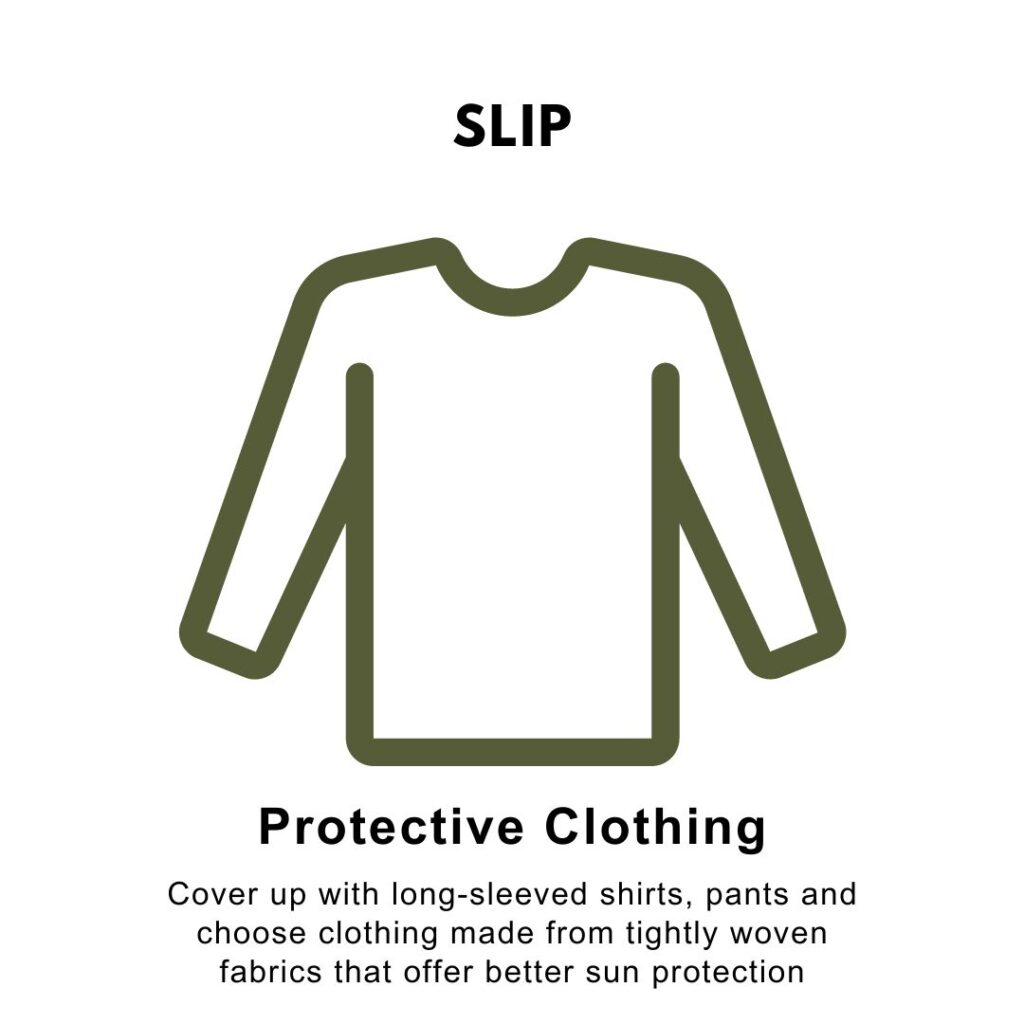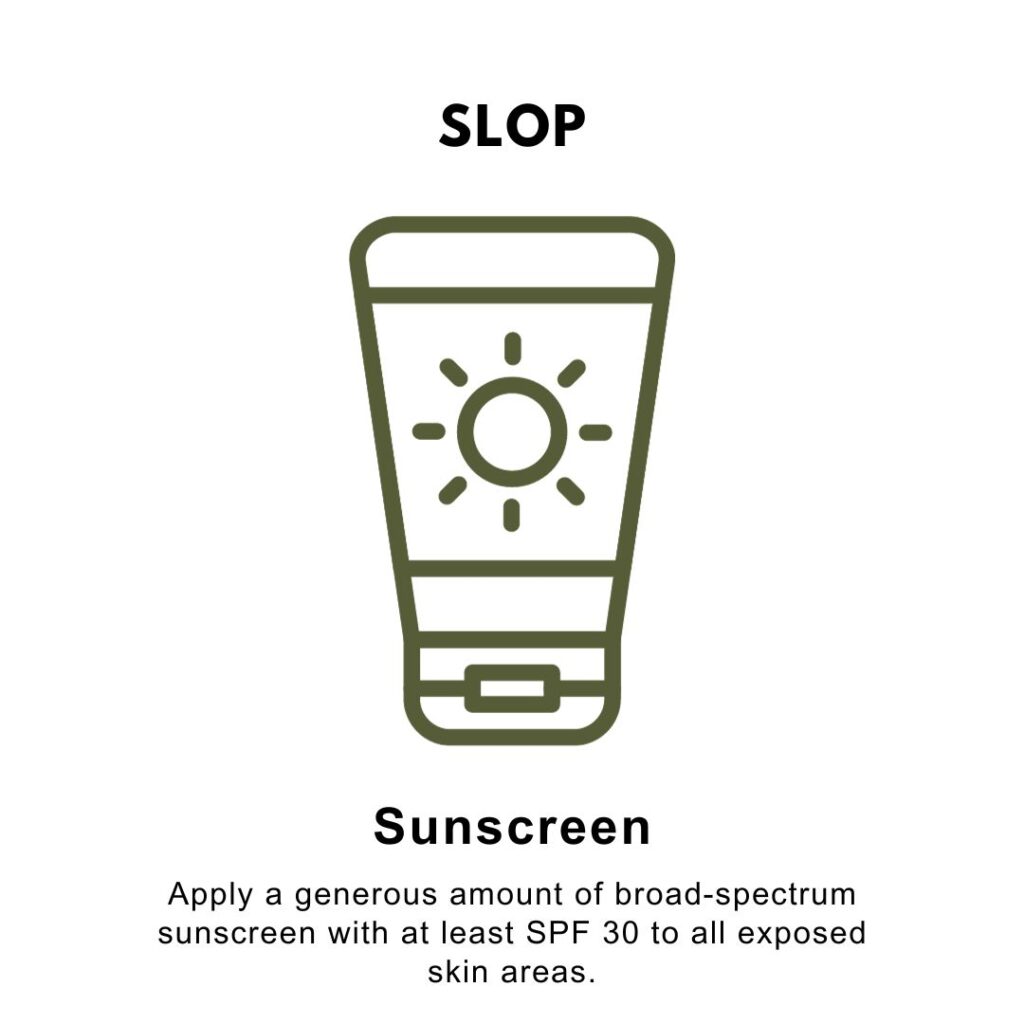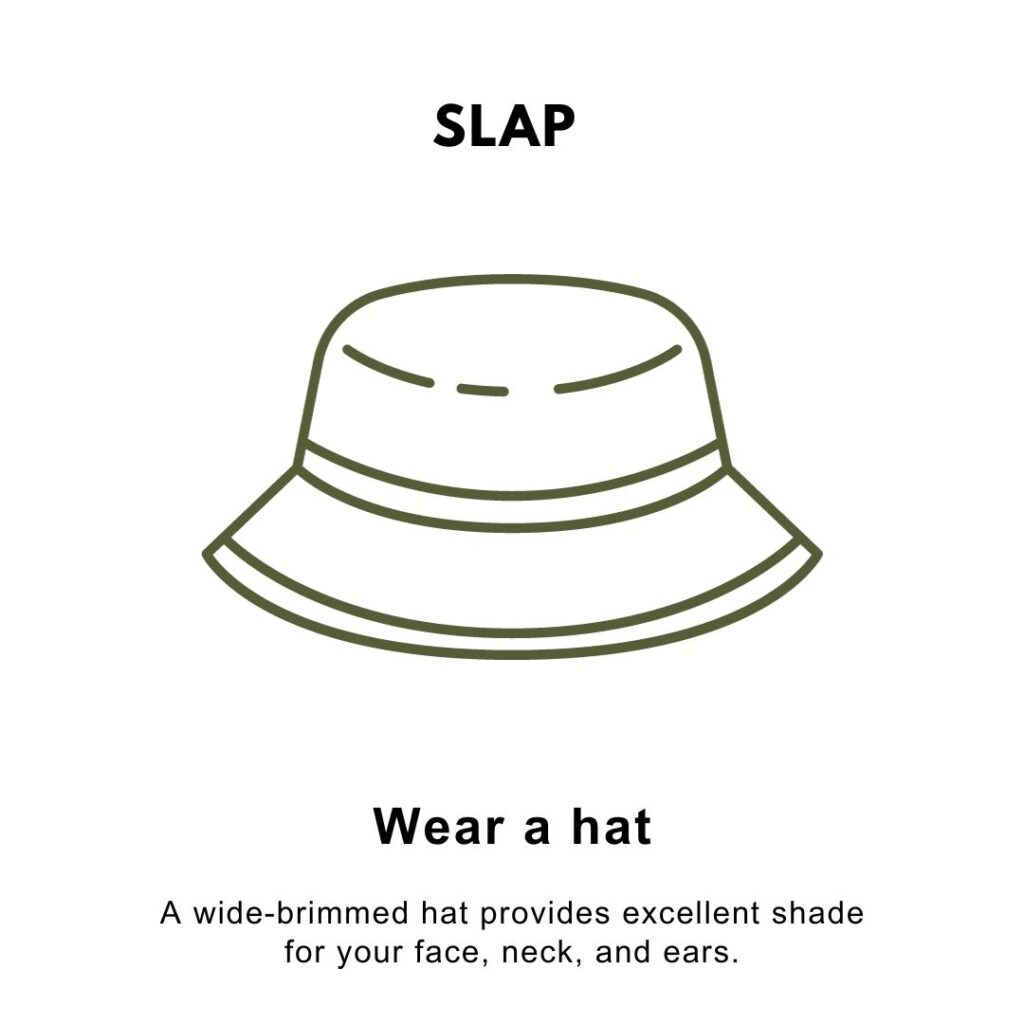The Laser Tattoo Removal Process:
During your consultation appointment for laser tattoo removal, you’ll meet with Christine at the clinic.
To start with she’ll discuss your reasons for wanting the tattoo removed and any concerns you may have.
Your tattoo’s size, colors, and location will be assessed, as these factors can affect the number of sessions needed.
Your skin type will also be examined, as it plays a role in the settings used to remove the tattoo.
The process will be explained in full including any potential discomfort, preparation, and aftercare instruction.
You’ll have the opportunity to ask any questions you may have.
If you decide to proceed, a patch test will be conducted to determine the appropriate laser settings for your skin.
By the end of the consultation, you should have a clear understanding of the process and be prepared for your first treatment session.
To ensure a successful and comfortable laser tattoo removal session, it’s important to take a few preparatory steps.
Firstly, please avoid sun exposure or tanning beds for at least two weeks prior to your appointment, as tanned skin can be more sensitive to the laser.
Additionally, refrain from applying any creams, lotions, or makeup to the area being treated on the day of your session.
If your tattoo is in an area covered by clothing, please wear loose, comfortable clothing to the appointment.
This will allow easy access to the tattooed area and minimize any potential irritation post-treatment.
Lastly, if you have any specific medical conditions or are taking any medications, please inform us (if you haven’t already during the consultation) prior to commencing treatment.
Following these simple guidelines will help ensure a smooth and effective tattoo removal process. If you have any further questions or concerns, don’t hesitate to reach out – we’re here to guide you every step of the way.
During your laser tattoo removal session, you’ll be comfortably positioned in a designated treatment area.
Our experienced technician will begin by applying a cooling gel to the tattooed area to ensure your comfort throughout the procedure.
As the laser is activated, you’ll feel a sensation similar to a rubber band snapping against your skin.
While some discomfort is common, many clients find it tolerable.
The duration of the session will depend on the size and complexity of the tattoo.
Once the treatment is complete, a soothing ointment will be applied to the area, followed by a sterile dressing.
You may experience temporary redness, swelling, or mild blistering, which are all normal reactions.
Over the next few weeks, your body’s natural processes will gradually fade the tattoo ink.
Multiple sessions are needed for optimal results. We will guide you through each step and ensure your comfort throughout the process.
After your laser tattoo removal session, it’s important to follow these aftercare steps to promote optimal healing.
1. Keep the treated area clean and dry for the first 24 hours, avoiding hot water and harsh soaps.
2. Apply a thin layer of an over-the-counter antibiotic ointment and cover the area with a sterile dressing.
3, For the next few days and up to a week, avoid direct sun exposure and apply a broad-spectrum sunscreen if the area will be exposed to sunlight.
4. Refrain from picking at any scabs or blisters that may form, as this can lead to scarring.
5. Keep the area moisturized with a fragrance-free lotion to aid in the healing process.
6. If you experience any unusual discomfort or signs of infection, please get in touch so we can recommend further treatment options or write a relevant referral.
It’s important to track progress during your laser tattoo removal journey.
We will take the before photos prior to commencing and after each treatment session.
We will also carefully assess the targeted area to monitor the fading of the tattoo and discuss any noticeable changes and address any questions or concerns you may have.
It’s essential to remember that multiple sessions are required for complete removal, and individual results may vary based on factors like tattoo size, color, and skin type.
Rest assured, we’re dedicated to achieving the best possible outcomes for every client.


Why a Healthy Immune System is Important for Laser Tattoo Removal
When it comes to removing unwanted tattoos, laser tattoo removal has emerged as one of the most effective and popular methods. However, achieving successful and satisfying results goes beyond just the technology and expertise of the practitioner. Your body’s immune system plays a significant role in this process.
A healthy immune system ensures efficient and safe removal, leading to optimal results. By adopting a healthy lifestyle and following best practices, you can support your immune system on your journey to saying goodbye to unwanted tattoos.
Enhancing Your Immune Health: A Trio of Approach

#1 Keep your body well-hydrated
Remember, staying hydrated isn’t just a one-time effort. It’s a daily commitment to your well-being. So, grab that glass, refill that bottle, and make hydration a habit. Your body and mind will thank you!
#2 Embrace clean eating habits
Clean eating isn’t just a diet; it’s a lifestyle choice that can transform your well-being. It’s all about choosing whole, unprocessed foods while avoiding artificial additives and excessive sugars or fats.
#3 Fitness regimen/ Work out
Exercise is not just about building muscles or losing weight; it’s a journey to a healthier, happier life. Whether you’re a fitness enthusiast or just starting, working out offers a wide range of benefits for both your body and mind.
Excellence in post-recovery aftercare
Recovery is a vital phase of any treatment or procedure, and the quality of aftercare can make a significant difference in your overall experience and results.






The sun is not a friend to your skin.
While the sun brings warmth and light to our lives, it’s important to remember that it’s not always a friend to your skin. In fact, prolonged and unprotected exposure to the sun can have serious consequences for your skin’s health.
Remember, while the sun has its benefits, protecting your skin from its harmful effects is essential for your long-term skin health and overall well-being.
SLIP, SLOP, SLAP: Your Sun Safety Mantra



Aftercare to the rescue
We’re firing a high intensity light into your skin so minor side effects are extremely common post tattoo removal. If you see any of the following side effects, don’t be alarmed.
HOW TO TREAT MINOR SIDE EFFECTS
Why Do Blisters Occur?
Blisters can form as a natural part of your body’s healing process after laser tattoo removal. The laser energy used in the procedure is intense and can generate heat. This heat can cause the tattoo ink to vaporize, leading to the formation of gas or steam within the skin layers. This, in turn, can result in the development of blisters.
What to Expect:
Timing: Blisters typically appear within hours or a day after the treatment.
Size: Blisters can vary in size from small to larger, depending on factors like the tattoo’s size, your skin type, and the laser used.
Pain and Sensation: Blisters may be uncomfortable or slightly painful but are usually manageable.
How to Care for Blisters:
Hands Off: Avoid touching or popping the blisters. This can increase the risk of infection and slow down the healing process.
Keep Them Clean: Gently clean the blistered area with mild soap and water. Pat it dry with a clean, soft towel.
Protect with a Bandage: Apply an antibiotic ointment and cover the blister with a sterile, non-stick bandage. This helps prevent infection.
Avoid Tight Clothing: Wear loose, breathable clothing over the treated area to reduce friction and irritation.
Stay Hydrated: Drinking plenty of water can aid in the healing process.
Follow Aftercare Instructions: Your tattoo removal specialist will provide specific aftercare guidelines. Be sure to follow them closely.
When to Seek Medical Attention:
While blisters are typically a normal part of the healing process, it’s essential to be vigilant. Seek medical attention if you notice any of the following:
Signs of infection, such as increased redness, swelling, pain, or discharge from the blistered area.
Blisters that appear infected or do not heal within a reasonable time frame.
Any unusual or severe reactions beyond the usual blistering and mild discomfort.
Remember that everyone’s skin reacts differently to laser tattoo removal, and while blisters can be a temporary inconvenience, they are usually a sign that your body is actively working to remove the tattoo ink. With proper care and attention, you can help ensure a smoother and more successful tattoo removal journey.
Why Does Scabbing Occur?
Scabbing is a common side effect of laser tattoo removal. During the procedure, the laser’s intense energy breaks down tattoo ink into smaller particles, which your body then works to eliminate. As a part of this process, your body may form scabs over the treated area as it heals.
What to Expect:
Timing: Scabs typically develop a few days after the laser treatment, and they can last for one to two weeks or longer, depending on the individual and the treatment’s intensity.
Appearance: Scabs can vary in size and color, typically ranging from light pink to brown or dark red. They might be hard or flaky.
Sensation: It’s common to experience some itchiness or discomfort around scabs. However, avoid scratching, as it can slow down the healing process and increase the risk of complications.
How to Care for Scabs:
Hands Off: Resist the temptation to pick at or scratch scabs. Picking can lead to scarring and potential complications.
Keep Them Clean: Gently clean the scabbed area with mild soap and lukewarm water. Pat it dry with a clean, soft towel.
Moisturize: Applying a fragrance-free, hypoallergenic moisturizer to the treated area can help prevent excessive dryness and itching.
Avoid Sun Exposure: Protect the scabbed area from direct sunlight. Sunscreen can be applied after the scabs have fallen off.
Loose Clothing: Wear loose, breathable clothing over the treated area to minimize friction and irritation.
Stay Hydrated: Drinking plenty of water can promote the healing process.
When to Seek Medical Attention:
While scabbing is a normal part of the healing process, it’s essential to monitor your progress and seek medical attention if you notice any of the following:
Signs of infection, such as increased redness, swelling, pain, warmth, or discharge from the scabbed area.
Scabs that appear infected or do not heal within a reasonable time frame.
Any unusual or severe reactions beyond the usual scabbing and mild discomfort.
Remember that your body’s response to laser tattoo removal can vary, and scabbing is often an indication that your skin is actively working to eliminate the tattoo ink. With proper care and attention, you can help ensure a smoother and more successful tattoo removal experience.
Why Does Crusting Occur?
Crusting is a common side effect of laser tattoo removal. During the procedure, the laser’s intense energy breaks down the tattoo ink into smaller particles, which your body then begins to eliminate. As your skin heals, it may produce a crust or scab over the treated area as part of the healing process.
What to Expect:
Timing: Crusting typically develops a few days after the laser treatment and can last for about one to two weeks, depending on various factors, including the individual and the treatment’s intensity.
Appearance: Crusts can vary in size, color, and texture. They may appear as dry, flaky layers over the treated area.
Sensation: You may experience some mild itching or discomfort around the crusted areas. Avoid scratching or picking at the crusts to prevent complications.
How to Care for Crusting:
Hands Off: Resist the urge to pick, scratch, or peel off the crusts. Picking can lead to scarring and may increase the risk of infection.
Keep It Clean: Gently cleanse the crusted area with mild soap and lukewarm water. Pat it dry with a clean, soft towel.
Moisturize: Apply a hypoallergenic, fragrance-free moisturizer to the treated area to help prevent excessive dryness and itching.
Avoid Sun Exposure: Protect the crusted area from direct sunlight. Sunscreen can be applied after the crusts have fallen off.
Loose Clothing: Wear loose, breathable clothing over the treated area to minimize friction and irritation.
Stay Hydrated: Drinking an adequate amount of water can promote the healing process.
When to Seek Medical Attention:
While crusting is usually a normal part of the healing process, it’s essential to monitor your progress and seek medical attention if you notice any of the following:
Signs of infection, such as increased redness, swelling, pain, warmth, or discharge from the crusted area.
Crusts that appear infected or do not naturally fall off within a reasonable time frame.
Any unusual or severe reactions beyond the typical crusting and mild discomfort.
Remember that everyone’s response to laser tattoo removal can vary, and crusting is often a sign that your skin is actively working to eliminate the tattoo ink. By following proper care and attention, you can support a smoother and more successful tattoo removal experience.
Why Infections Can Occur:
Infections from laser tattoo removal are relatively rare, but they can happen. Some factors that can increase the risk of infection include:
Improper Aftercare: Failing to follow the recommended aftercare instructions provided by your tattoo removal specialist.
Compromised Immune System: Individuals with weakened immune systems may be more susceptible to infections.
Inadequate Sanitation: If the treatment facility doesn’t maintain proper cleanliness and sanitation standards, it can increase the risk of infection.
Signs of Infection:
It’s essential to recognize the signs of infection, which can include:
- Increased redness and swelling at the treatment site.
- Elevated body temperature or fever.
- Pus or discharge from the treated area.
- Intense pain or tenderness.
- A worsening of symptoms instead of improvement.
What to Do If You Suspect an Infection:
If you notice any signs of infection, it’s crucial to act promptly:
Contact Your Specialist: Reach out to your tattoo removal specialist or healthcare provider immediately. They can assess the situation and provide guidance.
Follow Medical Advice: Follow any prescribed treatments or medications as instructed by your healthcare provider. This may include antibiotics to clear the infection.
Avoid Touching the Area: Do not touch, pick at, or try to pop any blisters or pustules that may have formed.
Maintain Hygiene: Keep the treated area clean and dry, following the recommended aftercare guidelines.
Prevent Future Infections: Be diligent about hygiene and follow all aftercare instructions to minimize the risk of future infections.
Preventing Infections:
To reduce the risk of infection during and after laser tattoo removal:
- Choose a reputable and experienced tattoo removal specialist or clinic.
- Ensure that the facility follows strict hygiene and sanitation protocols.
- Follow all post-treatment care instructions provided by your specialist.
- Keep the treated area clean, dry, and protected from exposure to bacteria.
While infections from laser tattoo removal are relatively uncommon, being informed and proactive about your aftercare and recognizing signs of infection is crucial for a safe and successful tattoo removal experience. Always consult with a medical professional for proper evaluation and treatment if you suspect an infection.
Why Do Changes in Skin Color Occur?
Changes in skin color during laser tattoo removal are often a result of the body’s natural healing process. The laser energy used in the procedure breaks down tattoo ink into smaller particles. As your body’s immune system works to eliminate these particles, it may lead to temporary skin discoloration.
Types of Skin Color Changes:
Hyperpigmentation: This occurs when the treated area becomes darker than the surrounding skin. It is more common in individuals with darker skin tones.
Hypopigmentation: This is when the treated area becomes lighter than the surrounding skin. Hypopigmentation is less common but can still occur.
What to Expect:
Timing: Skin color changes can appear immediately after the treatment or become noticeable in the days or weeks following the procedure.
Duration: In most cases, these changes are temporary and will gradually fade over time. However, it can take several months to see complete resolution.
How to Manage Skin Color Changes:
Protect from the Sun: Sun exposure can exacerbate skin color changes. Apply sunscreen with at least SPF 30 to the treated area when going outdoors and wear protective clothing.
Moisturize: Use a hypoallergenic, fragrance-free moisturizer to keep the skin in the treated area hydrated.
Be Patient: Skin color changes are often part of the healing process. They may take time to fade, but with proper care, your skin should return to its normal color.
When to Seek Professional Advice:
If you notice any severe or unusual changes in skin color, or if these changes persist for an extended period, it’s essential to consult with your tattoo removal specialist or dermatologist. They can assess the situation and provide guidance on the best course of action.
Remember: Everyone’s skin reacts differently to laser tattoo removal, and while changes in skin color can be a temporary inconvenience, they are often a sign that your body is actively working to remove the tattoo ink. With proper care and attention, you can support a smoother and more successful tattoo removal journey.
Not sure which one to get? Contact Us
